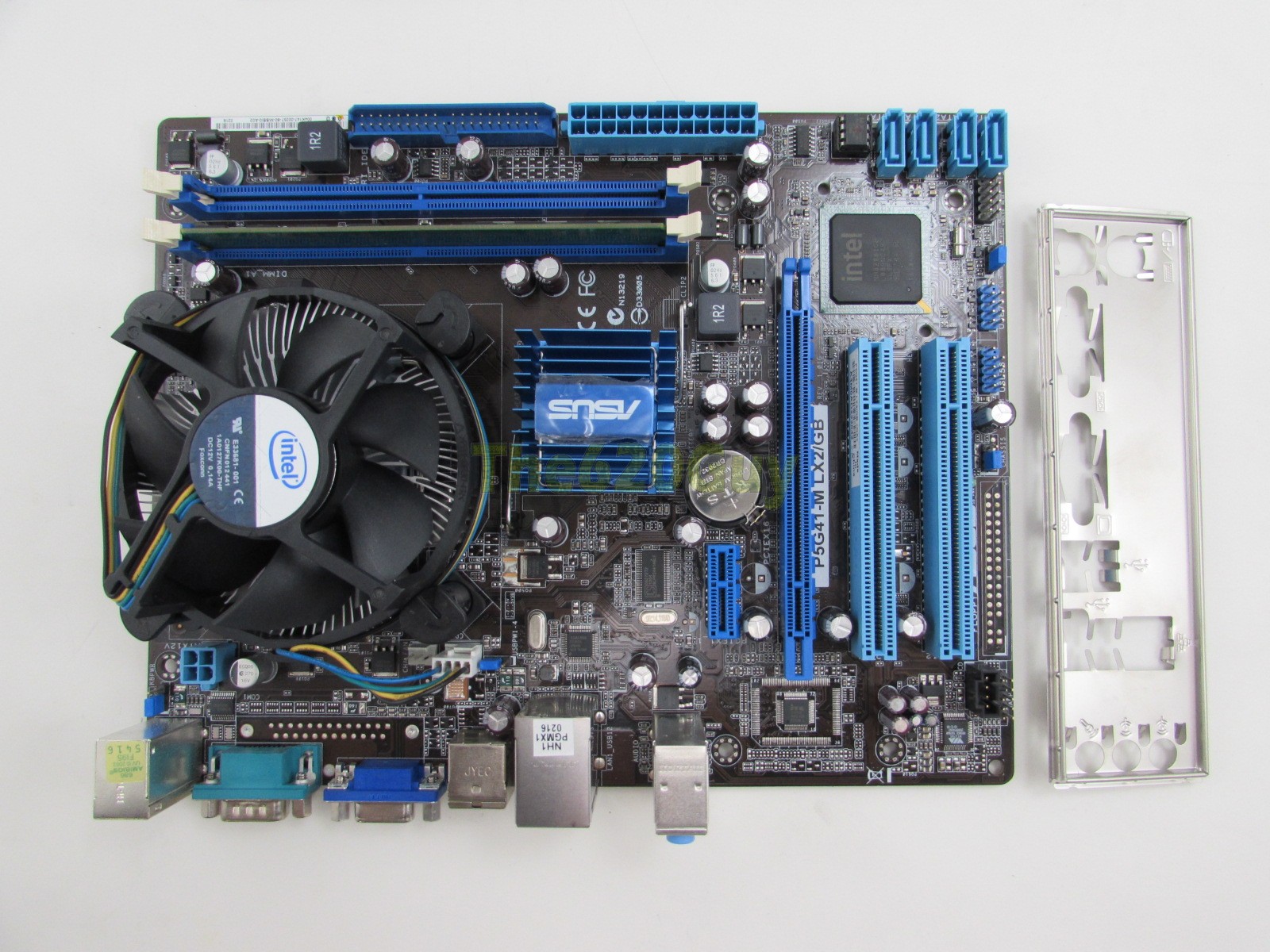Bus Speed A bus is a subsystem that transfers data between computer components or between computers. Types include front-side bus (FSB), which carries data between the CPU and memory controller hub; direct media interface (DMI), which is a point-to-point interconnection between an Intel integrated memory controller and an Intel I/O controller hub on the computer’s motherboard; and Quick Path Interconnect (QPI), which is a point-to-point interconnect between the CPU and the integrated memory controller. Enhanced Intel SpeedStep® Technology Enhanced Intel SpeedStep® Technology is an advanced means of enabling high performance while meeting the power-conservation needs of mobile systems. Conventional Intel SpeedStep® Technology switches both voltage and frequency in tandem between high and low levels in response to processor load. Enhanced Intel SpeedStep® Technology builds upon that architecture using design strategies such as Separation between Voltage and Frequency Changes, and Clock Partitioning and Recovery. All information provided is subject to change at any time, without notice. Intel may make changes to manufacturing life cycle, specifications, and product descriptions at any time, without notice.
- Pentium E5400 Processor
- Intel E5400 Processor Review
- Dell E5400 Processor
- E5400 Processor Supported Motherboard

Pentium E5400 Processor
The information herein is provided 'as-is' and Intel does not make any representations or warranties whatsoever regarding accuracy of the information, nor on the product features, availability, functionality, or compatibility of the products listed. Please contact system vendor for more information on specific products or systems. Intel classifications are for informational purposes only and consist of Export Control Classification Numbers (ECCN) and Harmonized Tariff Schedule (HTS) numbers. Any use made of Intel classifications are without recourse to Intel and shall not be construed as a representation or warranty regarding the proper ECCN or HTS. Your company as an importer and/or exporter is responsible for determining the correct classification of your transaction. Refer to Datasheet for formal definitions of product properties and features. “Announced” SKUs are not yet available.
This is a complete list of Intel Pentium Dual Core E5400 2.7GHz reviews and scores left by Game-Debate members.
Intel E5400 Processor Review
Please refer to the Launch Date for market availability. Some products can support AES New Instructions with a Processor Configuration update, in particular, i7-2630QM/i7-2635QM, i7-2670QM/i7-2675QM, i5-2430M/i5-2435M, i5-2410M/i5-2415M. Please contact OEM for the BIOS that includes the latest Processor configuration update. ‡ This feature may not be available on all computing systems. Please check with the system vendor to determine if your system delivers this feature, or reference the system specifications (motherboard, processor, chipset, power supply, HDD, graphics controller, memory, BIOS, drivers, virtual machine monitor-VMM, platform software, and/or operating system) for feature compatibility. Functionality, performance, and other benefits of this feature may vary depending on system configuration.
Dell E5400 Processor
Overwatch pc download sale. See for more information including details on which processors support Intel® HT Technology. Max Turbo Frequency refers to the maximum single-core processor frequency that can be achieved with Intel® Turbo Boost Technology. See for more information. The Recommended Customer Price (“RCP”) is pricing guidance for Intel products. Prices are for direct Intel customers, typically represent 1,000-unit purchase quantities, and are subject to change without notice. Taxes and shipping, etc.
E5400 Processor Supported Motherboard
Not included. Prices may vary for other package types and shipment quantities, and special promotional arrangements may apply. If sold in bulk, price represents individual unit. Listing of these RCP does not constitute a formal pricing offer from Intel.
Please work with your appropriate Intel representative to obtain a formal price quotation. System and Maximum TDP is based on worst case scenarios.
Actual TDP may be lower if not all I/Os for chipsets are used. For benchmarking data see. Intel processor numbers are not a measure of performance. Processor numbers differentiate features within each processor family, not across different processor families. See for details. Processors that support 64-bit computing on Intel® architecture require an Intel 64 architecture-enabled BIOS.